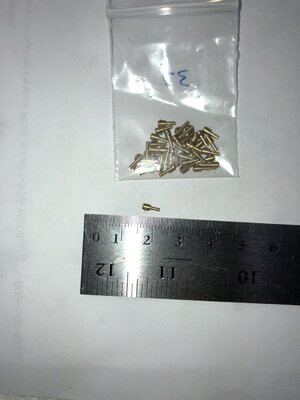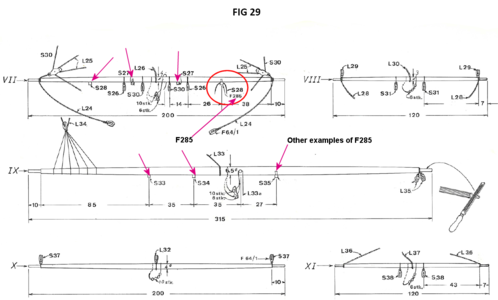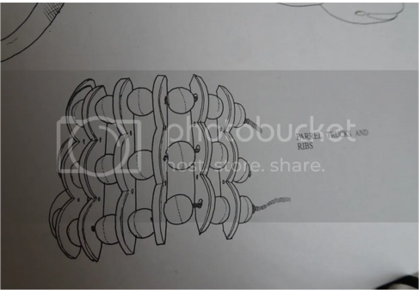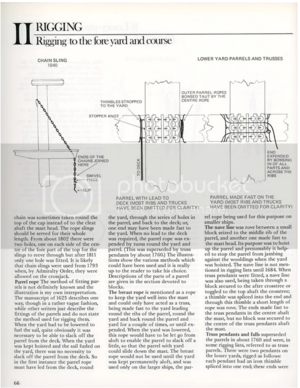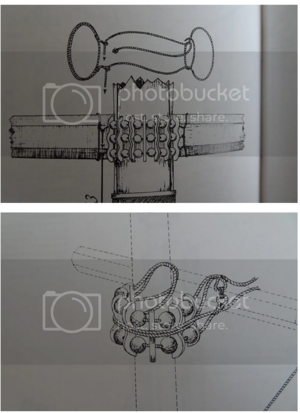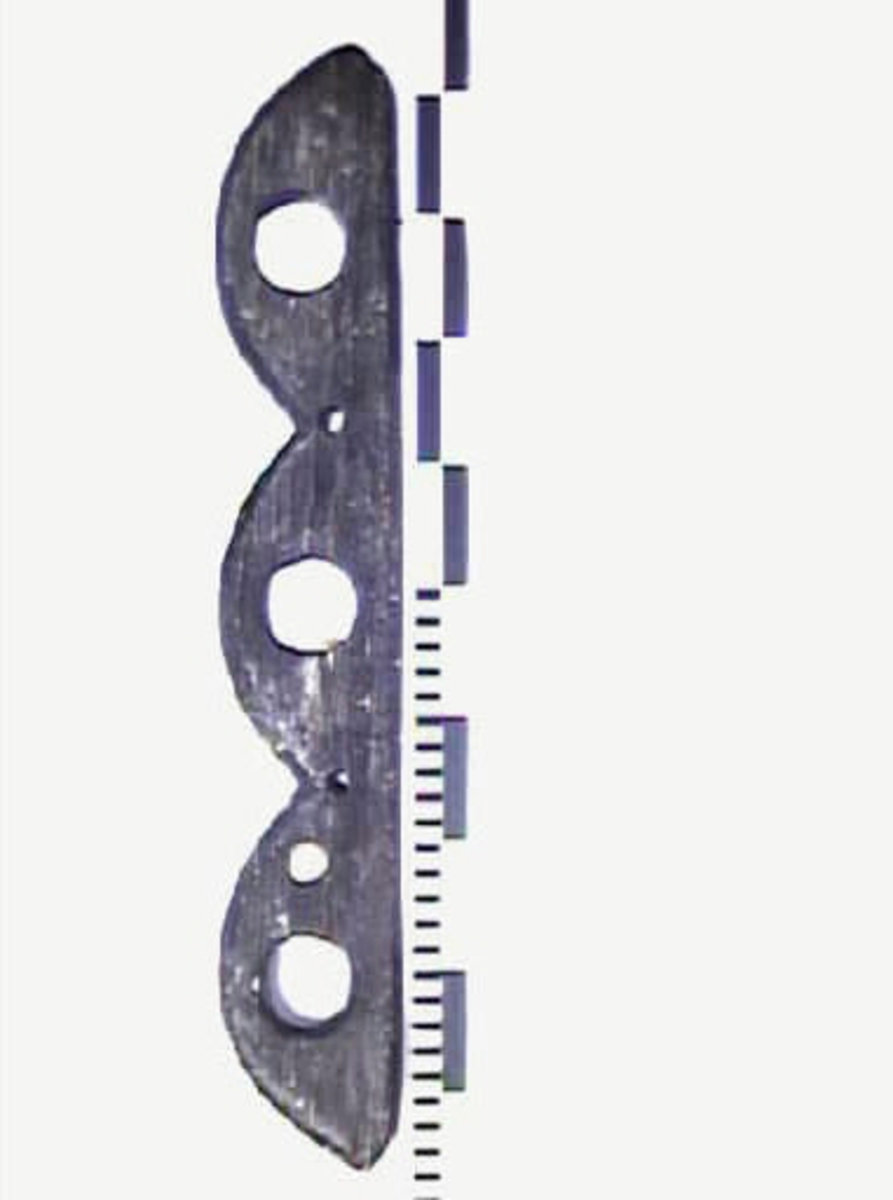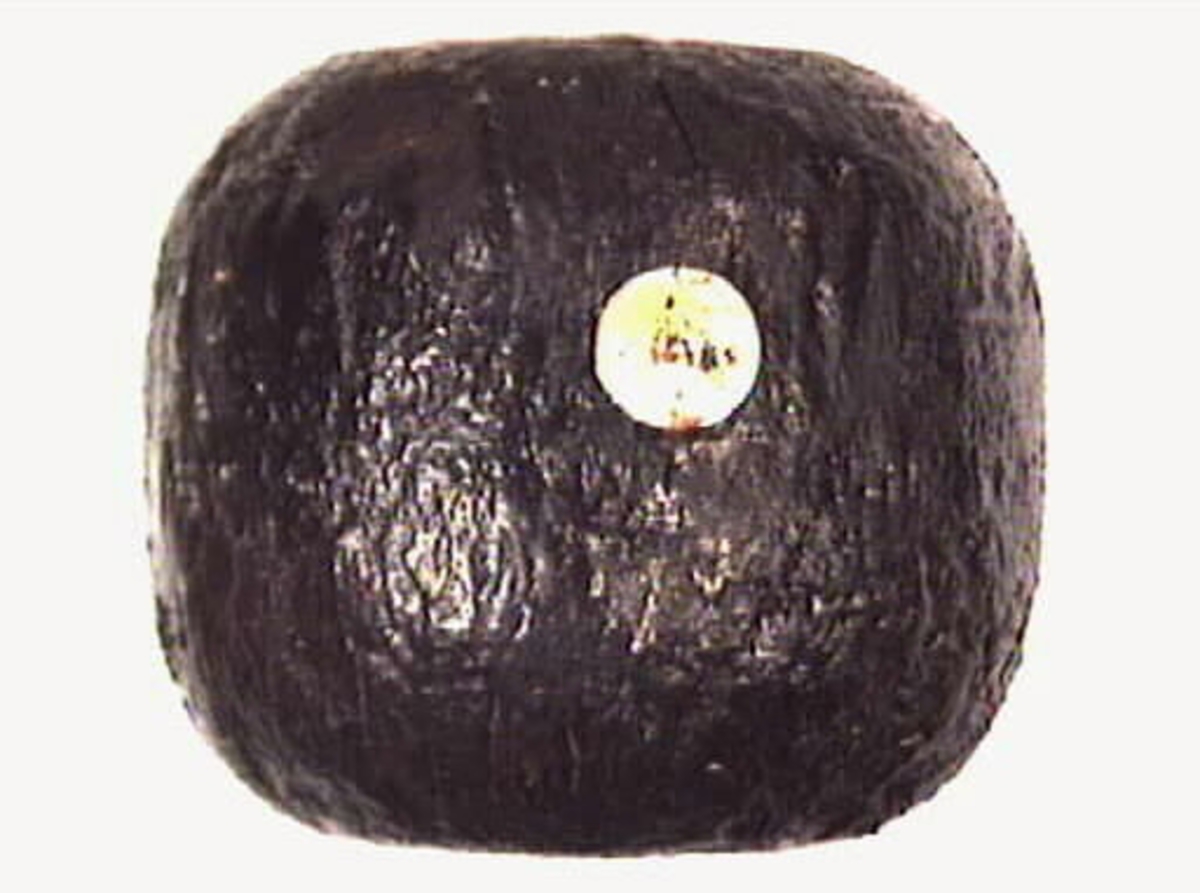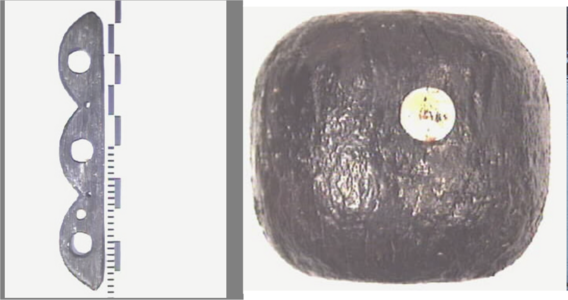I apologise for the time between Log Build entries - Unfortunately I have been distracted for a protracted period while I actually earn some money. I am retired, but occasionally a client from old times contacts me and wants some work done. In the process they are actually willing to pay money, so, in the eyes of the Boss, this takes higher priority. In the background however, I have been trying to do a bit on the Build.
Sails are taking a LOT longer than I thought they would. Unfortunately, they pose a lot of questions too for which I am having difficulties in getting answers through research or other builds. So, where am I up to? - Well I have the sails (only five of them) all sewn, and I have applied the boltropes around the outside (see previous entries). The next task is to attach the sails to the yards.
Despite the instructions from Billings (which uses a running knot and loop type of attachment), I have opted to attach the sails by creating ‘robands’ (the correct term I think), by threading some thin white line through the top of the sail and for each seam in the sail, I wrap it around the yard and then loop it over itself and then back to the aft side of the sail. This leaves one end of the line aft and one forward. I have then done a reef knot tightly over the yard with the two ends. In each case, where the line goes through the sail, I pierce the sail fabric through the triple hem and then use a needle threader to allow the line to pass through (see below).
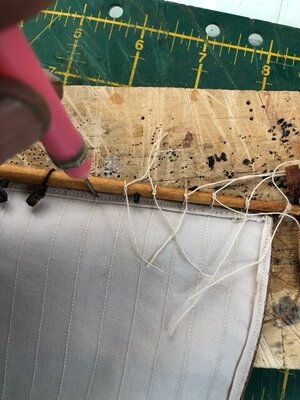
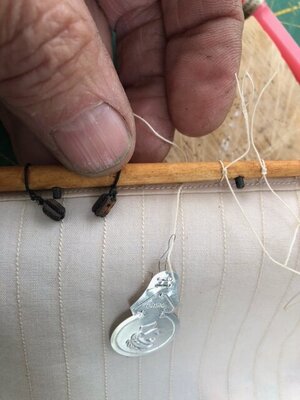
Each wrap around the yard has the reef knot as seen above, but when completed, it makes a neat and even length of rope wrappings and good solid attachment to the yard. I have used the attachment method as shown in Post #274 with each roband independently secured and a small drop of HP Cement to secure it before removing any excess line.

I have done this to all five sails and now am moving on to the running rigging of the sails/yards.
Regards
PeterG
Sails are taking a LOT longer than I thought they would. Unfortunately, they pose a lot of questions too for which I am having difficulties in getting answers through research or other builds. So, where am I up to? - Well I have the sails (only five of them) all sewn, and I have applied the boltropes around the outside (see previous entries). The next task is to attach the sails to the yards.
Despite the instructions from Billings (which uses a running knot and loop type of attachment), I have opted to attach the sails by creating ‘robands’ (the correct term I think), by threading some thin white line through the top of the sail and for each seam in the sail, I wrap it around the yard and then loop it over itself and then back to the aft side of the sail. This leaves one end of the line aft and one forward. I have then done a reef knot tightly over the yard with the two ends. In each case, where the line goes through the sail, I pierce the sail fabric through the triple hem and then use a needle threader to allow the line to pass through (see below).


Each wrap around the yard has the reef knot as seen above, but when completed, it makes a neat and even length of rope wrappings and good solid attachment to the yard. I have used the attachment method as shown in Post #274 with each roband independently secured and a small drop of HP Cement to secure it before removing any excess line.

I have done this to all five sails and now am moving on to the running rigging of the sails/yards.
Regards
PeterG
Last edited:






